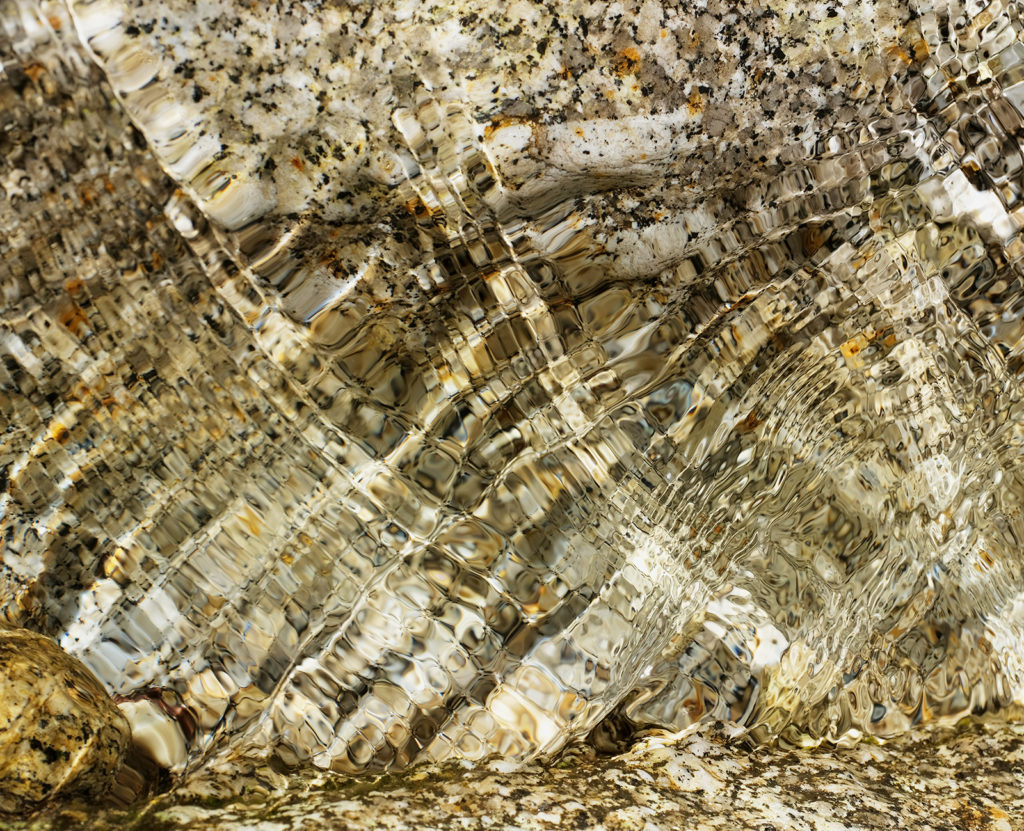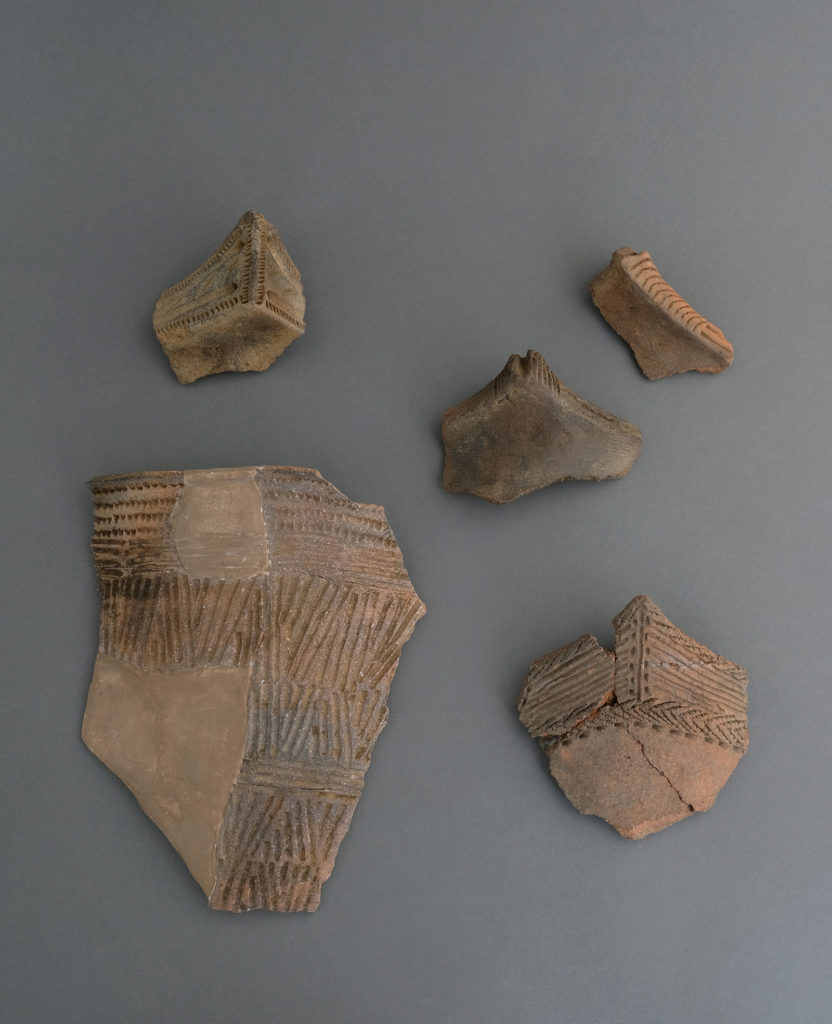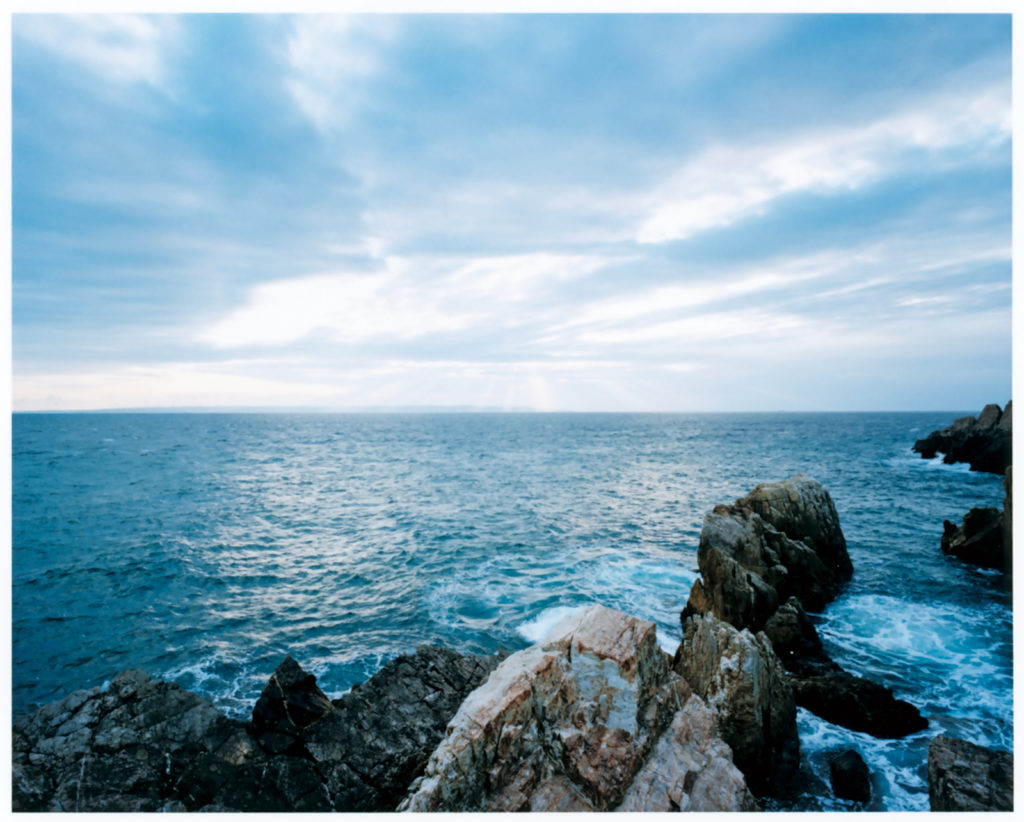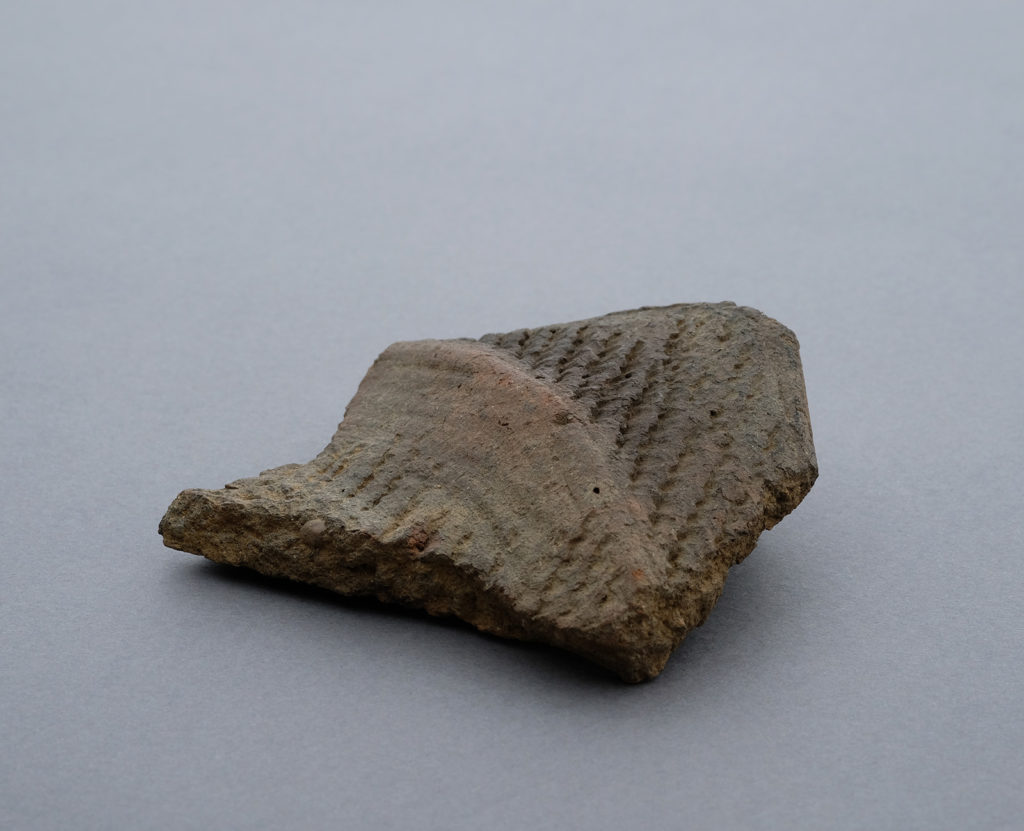The Sea Ways Beyond Yakushima
The cool of the early spring was easing at last when I boarded the small propeller plane at Fukuoka Airport and headed toward Yakushima Island. The flight is full of tourists in the high season, but the seats were empty at this time of year, allowing me to move between the window seats on the left and right sides and spot the Aso caldera and the steaming crater of Mt. Nakadake. As we flew farther south, the smoke came rising from the mountains of Kirishima and Sakurajima. And at the southern tip of the Satsuma Peninsula, the lush green, stunningly symmetrical Mt. Kaimondake burst into view.
After living in Kyushu for five years, recently I have gained a firsthand feel of the expression “chain of volcanic islands.” If active volcanoes first bring to mind the menace of nature, then it might be terrifying to have them in the sphere of your everyday life. The people of Kyushu, however, have long coexisted with volcanoes and come to thrive on their blessings—the fertile land, the terrestrial heat, and the hot and cold springs deriving from the topography created by volcanic activity. All of these blessing are essential to my family’s everyday life too. Beyond this chain appeared Yakushima, also known as the “Marine Alps,” for in the center is Kyushu’s highest peak, Mt. Miyanoura (1,936 m). The whole of this island is believed to have been covered by pyroclastic flows from the great eruption of the Kikai caldera, submerged about 40 kilometers north, some 7,300 years ago during the Initial Jomon period. It’s unknown whether or not this event wiped out the forests of Yakushima, but the massive mineral deposits from the Kikai caldera clearly had a pivotal role in forming the forests thereafter. They are the very reason Yakushima is “alive” today.

Considering the island’s beginnings, I had imagined the Jomon culture on Yakushima might have perished like that in southern Kyushu. But on my visit to the island’s northern area, I learned about the discovery of the Isso Matsuyama Site, dating back from the Early Jomon to Yayoi periods (about 5,500–2,500 years ago). Though volcanic activity must have rendered the island uninhabitable for some time, the people must have returned a long while later.
It reminded me of my travels in the past to a village in the foothills of Mt. Pinatubo—it produced the largest volcanic explosion of the 20th century—located on the western side of Luzon Island, Philippines, where I met some tough Aeta people who crossed a river of ashes and returned to their land. The Aeta people rebuilt their lives thanks to a field of wild banana trees that survived the explosion. The greens that first sprang up and helped to regenerate Yakushima must have looked just as brilliant and magnificent.

The unearthed finds are preserved at the Yakushima Municipal Musuem of History and Folklore, in Miyanoura, and at a storage facility nearby. I asked Mr. Omote from the board of education for a tour and permission to handle the artifacts: Sobata-style pottery features an all-over pattern combining dots and lines. Ichiki-style pottery has a thick, heavy rim. Matsuyama-style pottery has rims designed with shell patterns and deep lines. And Isso-style pottery is formed with walls of even thickness.
These pieces of pottery that had woken up from a long sleep brought to mind Kaijo no michi (Sea Ways), in which folklorist Kunio Yanagita (1875–1962) set forth his theory of seafarers from the south who traveled with the Kuroshio Current from island to island and reached Yakushima. The pottery found here includes both southern island styles like those found in the Amami region and those with patterns that are believed to have emerged in Kyushu. That being the case, when studying the history and culture of Yakushima Island, we should prepare a map with the island in the center, stretch it quite a ways north and south, broaden our perspective, and look at the new outline of the island representing the original view seen by the seafarers pulling out from Yakushima.

<PAPERSKY no.53(2017)>

Jomon Fieldwork | Nao Tsuda × Lucas B.B. Interview
A conversation between ‘Jomon Fieldwork’ Photographer and writer Nao Tsuda and Papersky’s Editor-in-chief Lucas B.B. The two discuss the ways Jomon culture continues to play an important role in modern day Japan. The video was filmed at Papersky’s office in Shibuya in conjunction with Tsuda’s exhibition “Eyes of the Lake and Mother Mountain Plate” held at the Yatsugatake Museum in Nagano.
Nao Tsuda | Photographer
Through his world travels he has been pointing his lens both into the ancient past and towards the future to translate the story of people and their natural world.
tsudanao.com











